A new name for the Powertrain division and a new vision for its future are among the changes taking place at Continental AG. The global technology supplier, perhaps best known for its tire division, is making rapid investments in its mobility business as part of its 2019-2029 Architecture Transformation Program and 2030 Strategy initiative.
“Thanks to our organizational realignment, our strong balance sheet structure and our 2030 strategy, we are well prepared to face the challenges ahead,” said Dr. Elmar Degenhart, CEO of Continental. “We view the technological revolution in our industries first and foremost as a tremendous opportunity for growth.”
The powertrain division was renamed Vitesco Technologies.
Degenhart made the initial announcement on September 25, 2019. At the time, Continental said about 20,000 jobs were “expected to be affected.” Although jobs will change and some will disappear, the overall headcount “will remain stable,” a Continental spokesperson told FreightWaves.
The 2019-2029 Structural Transformation Program seeks to realign Continental for future growth areas, including technology-focused business lines. The company will exit some lines of business, although it did not specify which ones. The reorganization is expected to result in savings of approximately €500 million ($547.78 million) annually starting in 2023. The company expects the program to cost approximately €1.1 billion ($1.205 billion) over a 10-year period, with most of this being incurred Costs 2019 and 2022.
Factories closing
As part of the plan, Continental will close a number of manufacturing facilities, mostly in Europe, but also in Newport News, Virginia, and Henderson, North Carolina. The facility in Newport News produces hydraulic components for gasoline engines and employs 740 people. The facility in Henderson makes hydraulic brake systems and employs 650 people. Continental said the Henderson plant has been unable to onboard any new customer projects in recent years. Newport News will close by 2024; No timeline has been announced for Henderson.
Remaining plant closures include Roding, Germany, by 2024; Limbach-Oberferona, Germany, by 2028; Pisa, Italy, sometime between 2023 and 2028; and Petaling Jaya, Malaysia, by the end of this year.
Most plants produce pumps or injectors for diesel and gas engines. Petaling Jaya manufactures truck tires.
Continental said some jobs at these factories will be eliminated while others will be transferred to work on future technologies such as electric mobility. Additional job cuts will occur across the company due to the “move to digital work” that allows Continental to align with the requirements needed to succeed in Industry 4.0.
Building the mobile future
“The mobility of the future will help protect the climate in three ways – environmentally, economically and socially. This is what we call healthy mobility and it is what we are striving for,” Degenhart said. “The technologies they require are changing our industries – sometimes disturbingly. We are already very well positioned in key technology areas. Through our strategy and structuring programme, we lay the next critical foundation and bring clarity to all stakeholders – employees, customers, investors, business partners and other stakeholders.
Continental said about 15,000 of its 20,000 jobs will be affected by 2023. As its software-based portfolio grows, additional jobs will be created.
Among the near-term changes, R&D activities for the Instrumentation & Driver HMI business at the company’s plant in Babenhausen, Germany, will be moved to other locations by the end of 2021. Babenhausen will be completely closed by the end of 2025.
“Our architecture program is designed to have rapid impact, so we can successfully navigate the future of health mobility at full speed,” Degenhart said. “Like our industries, we need to adapt very quickly. The program will require our full focus and its decisive implementation will push us to the limits and sometimes beyond.
Employee relocation
For affected employees, Continental promises a transparent process and training programs to enhance their employability, both at Continental in other positions, and in the workforce in general.
“As Continental’s social partners, Continental in Motion will see us taking responsibility with a vision for the future. We will actively shape the transformation rather than simply allowing it to happen,” said Dr. Ariane Reinhart, Executive Board Member for Human Relations. “As of now, we will invest $ Double-digit million euros in this unified training format every year. In this way, we will maintain the employability of our employees in the workplace around the world. This is a very important initiative, especially at a time when we are witnessing a severe skills shortage and in light of our future growth in new digital fields.
These changes are part of Continental’s broader 2030 strategy, which will guide Continental’s future sustainability as a company. For the future Continental plans to focus on the following structural areas:
1. Functional solutions for assisted and automated driving.
2. Functional solutions for connected driving.
3. Integrated software systems solutions.
4. Organic growth in tire business
5. Expand its industrial business beyond automobiles to include agriculture, railway engineering, mining and construction.
Continental’s powertrain division, now called Vitesco Technologies, will focus on electric mobility. The division produces electronics, sensors and actuators, and Continental is among the few companies that provide high-voltage components and hybridization solutions for electric mobility. These solutions contributed approximately €2 billion ($2.19 billion) to the division’s annual revenue of €11 billion ($12.049 billion).





